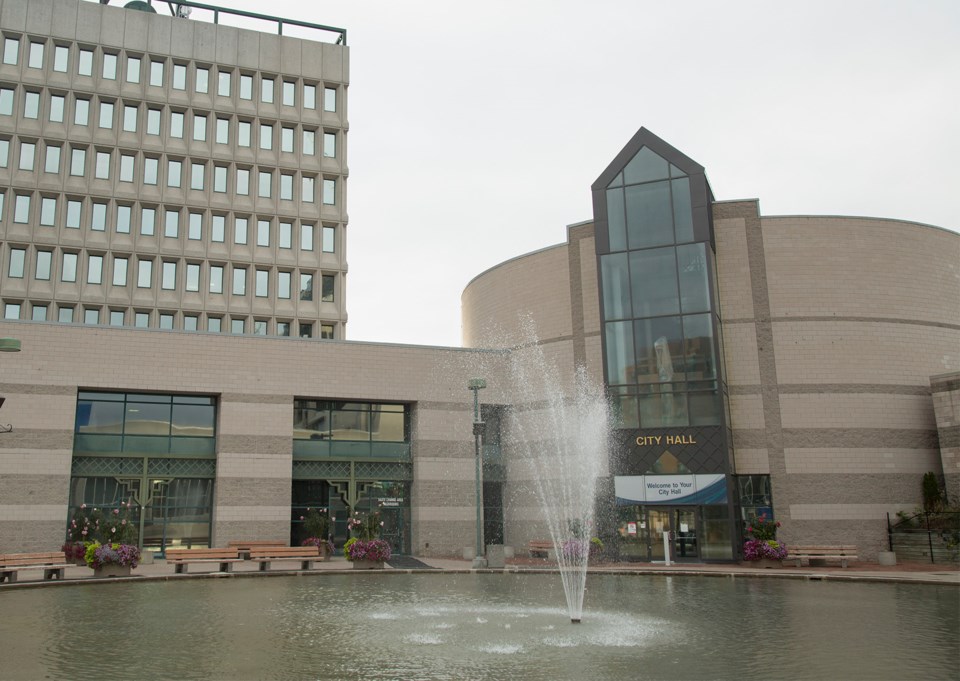Ontario would like to see cities like Barrie grow up even more, rather than out – but Barrie Mayor Jeff Lehman warns that could drive up housing prices too.
In a press conference on Tuesday, Minister of Municipal Affairs and Housing Ted McMeekin outlined proposed changes to Places to Grow – the policy aimed to encourage intensification and reduce sprawl – as well as to the Greenbelt Plan and conservation plans pertaining to the Oak Ridges Moraine and the Niagara Escarpment.
“We need to curb sprawl and decrease commuting time,’ he said, adding a key strategy would be to require at least 60 per cent of new residential development to already built-up areas.
Currently, Places to Grow requires Barrie to accommodate 40 per cent of its growth to its built boundary – the area we know as Barrie, before the city annexed 2,293 hectares of northern Innisfil in 2010.
“It helps us to protect prime agricultural lands, clean water, wildlife and natural heritage features,” McMeekin said of the policy change that would require cities to intensify further.
But Lehman isn’t sure the proposed, more ambitious numbers will work for Barrie, which has based its plans on the 2009 Places to Grow, Ontario’s Plan for the Greater Golden Horseshoe. Barrie went through years of extensive public consultation to create neighbourhoods that are already far more dense than what the city allowed historically.
“A high intensification target could drive up prices further across the board and that will make housing less affordable,” said Lehman.
“The province needs to balance the goal of more sustainable development with the impact that it could have on affordability and the realities of the market.
“What works in Toronto will not work in Barrie, Guelph, Orillia or St. Catharines. A target like 60 per cent or higher may be feasible in cities with highly constrained land supplies and where land prices and values can support the costs of higher density construction. But in cities like ours, the reality could be that only high-end housing will be built due to the costs of construction and land and that will exacerbate the affordable housing crisis.”
Places to Grow, Ontario’s plan for the Greater Golden Horseshoe, also requires downtown Barrie to intensify, to a level of 50 people and jobs per hectare, yet did not place such goals on new development areas.
With today’s announcement, Ontario is proposing requiring “certain greenfield” areas to be developed at a level that accommodates 80 people and jobs per hectare.
Historically, Barrie developed at a pace of about 20 people and jobs per hectare, Lehman added.
As Barrie has been aiming for higher densities over the past several years, housing prices rose 51 per cent in five years, he pointed out.
The Ontario policy update also reinforces the strategic employment areas outside Barrie and the roles they play in the Simcoe County economy and provincially – areas like the Innisfil Heights area and the area near the Lake Simcoe Regional Airport in Oro-Medonte.
Municipalities would also be required to consider the impact of climate change on their official plans, which guide their long-term growth, and better plan for stormwater management and flooding issues.
“Major urban expansions will need to consider and reduce the impact on adjacent watersheds,” said McMeekin.
As well, caring for the environment also means reducing commuting, McMeekin said, as he stressed the importance of planning communities that support public transit and which decrease the number of cars and the time they are on the road.
The minister also highlighted the importance of second suites, which enable more people to purchase a home closer to where they work.
The proposed changes, resulting from 17 townhalls that attracted more than 3,000 people and generated more than 19,000 online submissions, will go to a series of consultations this summer, including one on June 6 at Barrie’s ANAF Hall, from 5 p.m. to 8 p.m.
The deadline for comments on the proposed policy updates is Sept. 30.
The full report on proposed changes can be found online at http://www.mah.gov.on.ca/Page10882.aspx.



